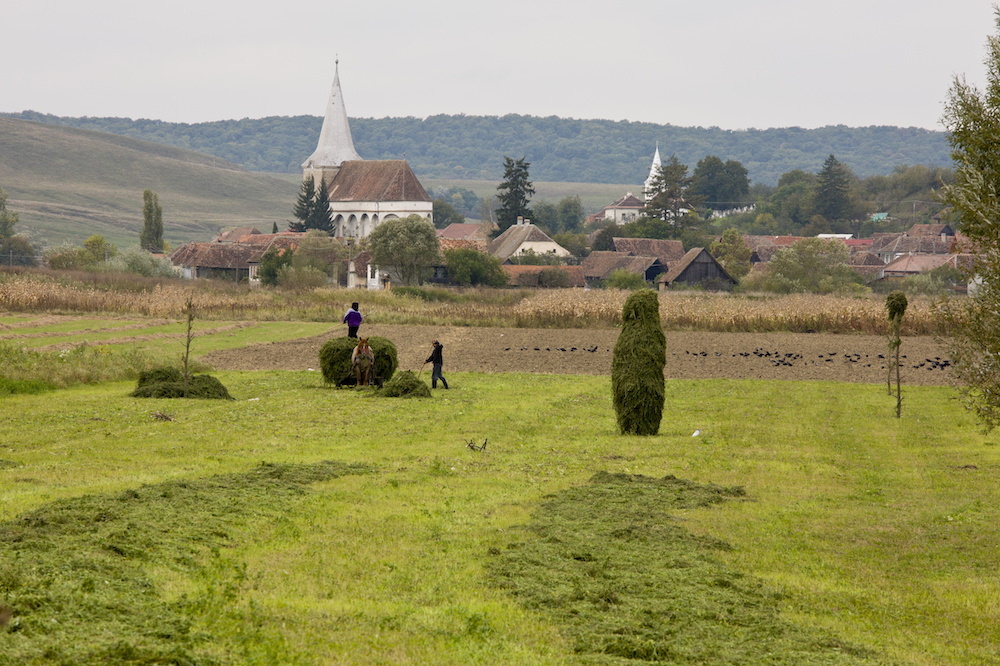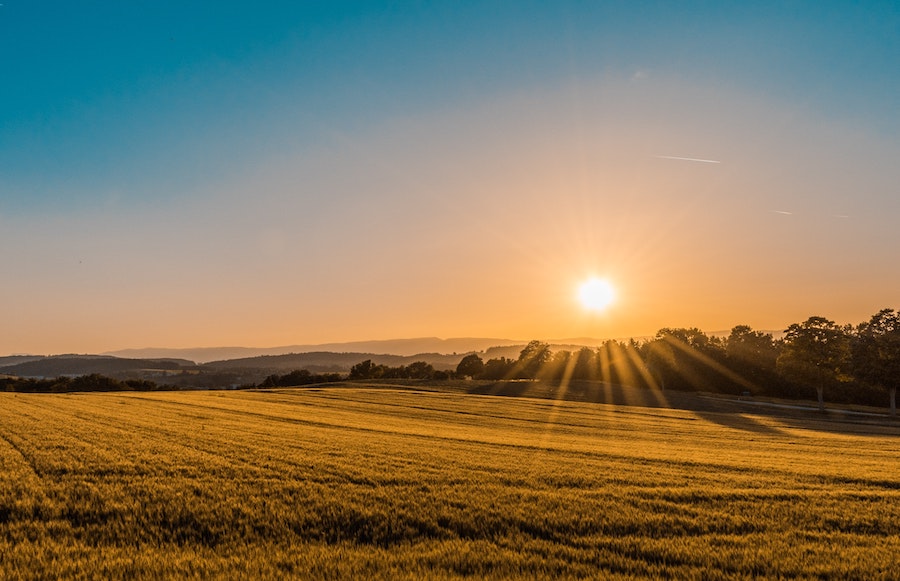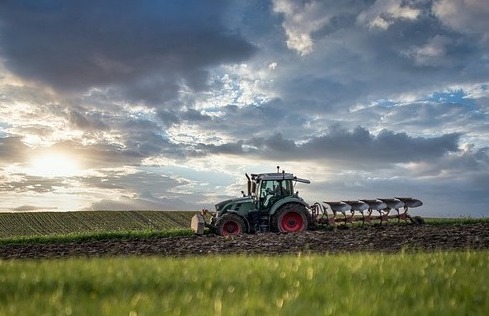Romania, one of the highest percentages in Europe for High Nature Value Farmlands

According to WWF Romania, the country hosts some of the most extended agricultural surfaces and high nature value farmlands (HNV) in Europe (over 30% of the country’s agricultural surface, reaching 5 million ha).
The terrains are situated in Transilvania, Maramures, the Subcarpathians, and the S-E region. They are characterized by natural and semi natural vegetation, rich in species and natural elements like forests, stone fences, bourns, meadows, etc. The main economic activity in these areas is traditional agriculture.
The advantages of HNVs from which the whole society benefits are cultural landscapes, fresh air, high quality groceries, life quality, recreational opportunities, floods control, etc. Moreover, according to an Eurostat analysis from 2011, the small farms in Romania produce double than the large ones and provide a wide range of work places, in comparison to the poorest regions in Romania that host the largest industrial farms.
Three Romanian organizations (WWF Romania, ADEPT Transilvania and ProPark Foundation) with the help of the Swiss Contribution for the Extended European Union organized a conference today in order to tackle the support for the HNV areas and raise awareness over the threats that farmers in those communities face, from limitations of the public policies to obstacles in accessing the market with local products.






